Sports Physiotherapy
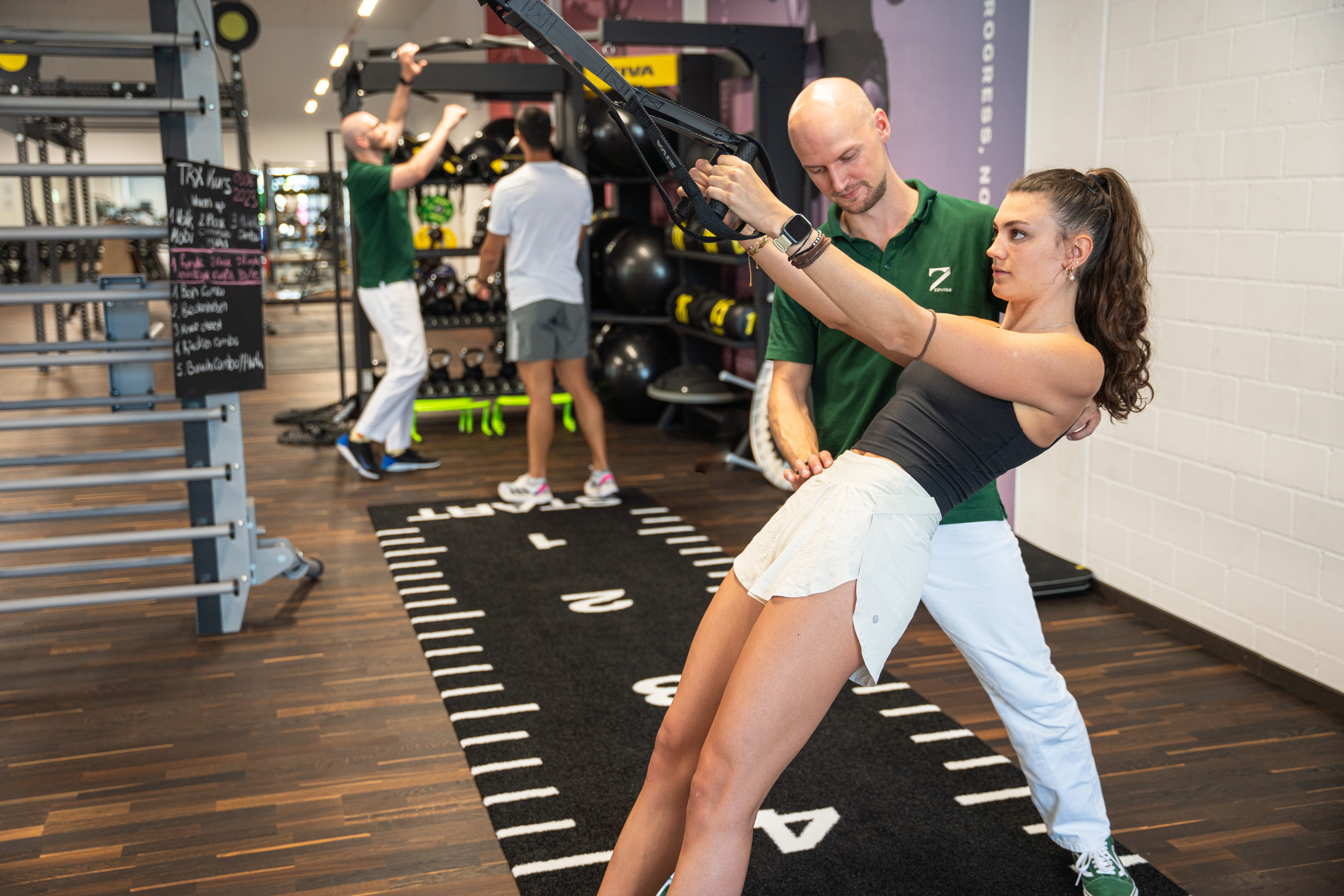
Why is sports physiotherapy becoming increasingly popular among athletes worldwide?
Sports physiotherapy is gaining popularity among athletes worldwide due to its proven effectiveness and positive impact on athletic performance. Athletes are increasingly seeking holistic approaches to minimize the risk of injuries or to recover from injuries and strains. Sports physiotherapy provides exactly that by not only treating the acute symptoms but also addressing the underlying causes. By integrating specific exercises, manual therapy, complementary techniques, and functional training, sports physiotherapy enables faster rehabilitation and return to sports. Additionally, athletes appreciate the preventive component of sports physiotherapy, which helps to avoid injuries in the future and support long-lasting careers in sports.
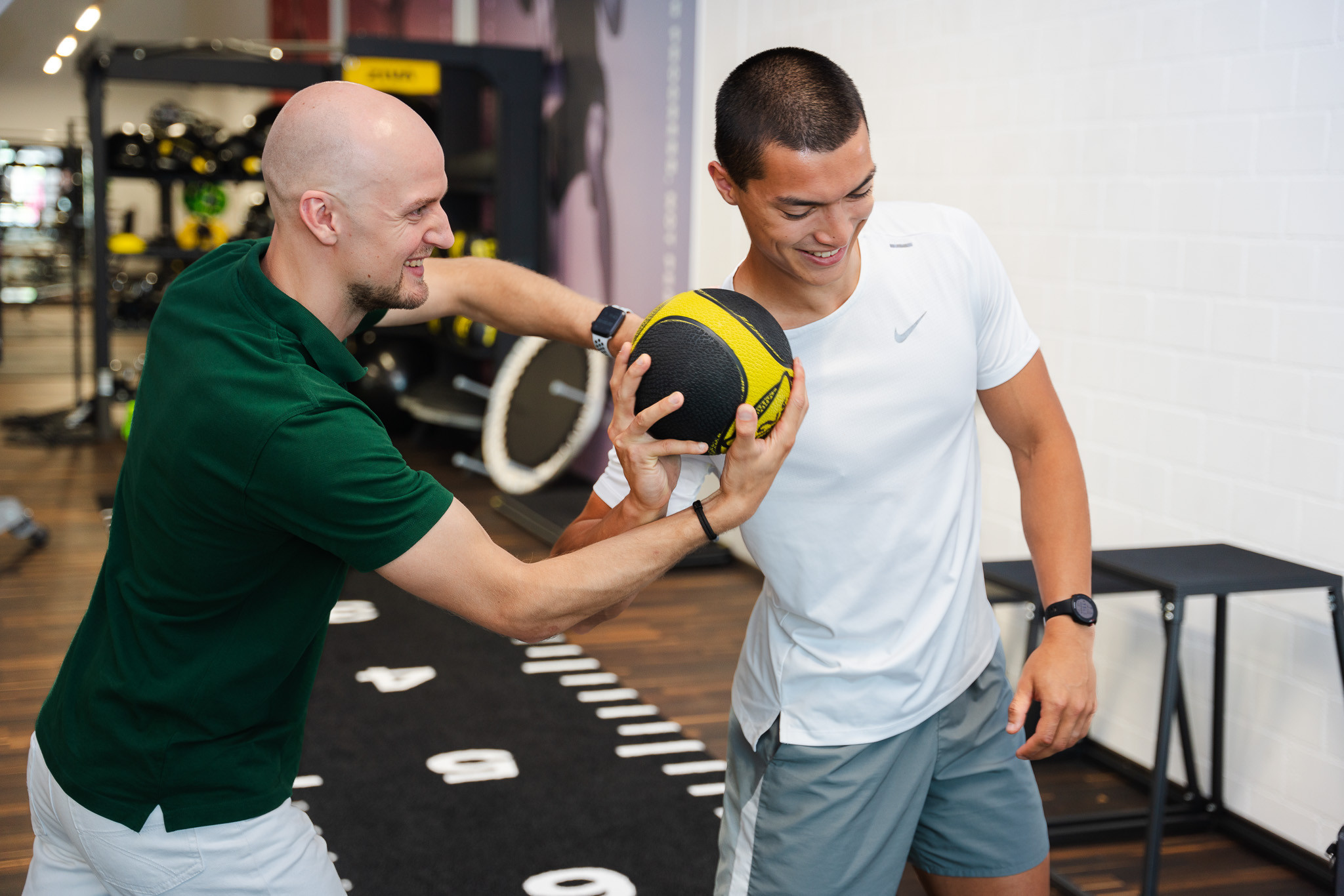
When is sports physiotherapy meaningful?
Sports physiotherapy is relevant for all age and performance groups involved in sports activities who have suffered an acute injury or are recovering from such an injury. Whether they are recreational athletes or ambitious competitors, sports physiotherapy is available to anyone seeking assistance with injuries, rehabilitation, or optimizing their athletic performance.
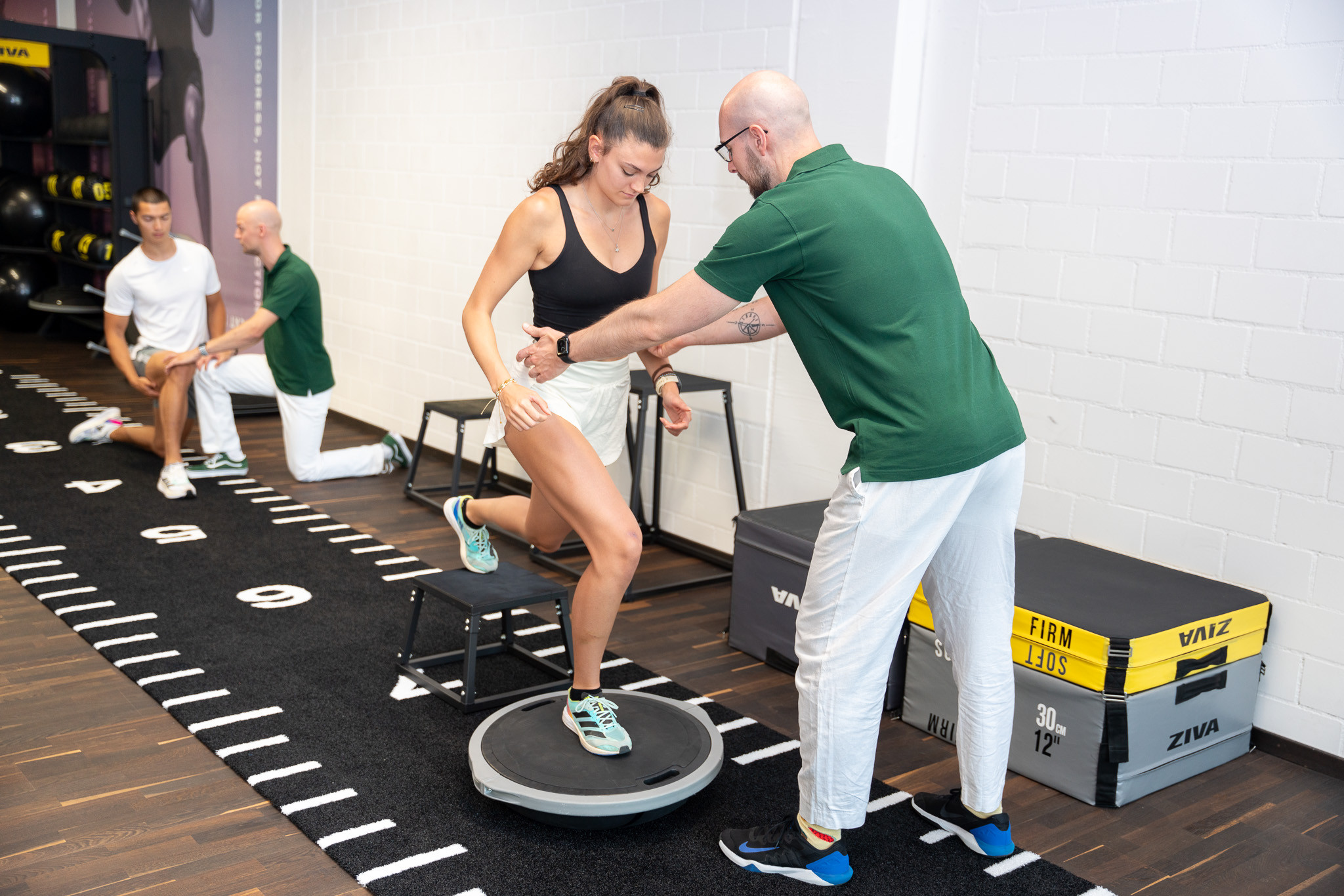
How is sports physiotherapy structured?
As mentioned earlier, sports physiotherapy consists of various treatment techniques and is highly diverse due to its holistic approach. The choice of appropriate treatment techniques depends on the patient's current level of performance, and the focus of therapy may change throughout the rehabilitation process accordingly.
In general, sports physiotherapy can be divided into five areas:
Return To Activity: The goal is to restore the patient's ability to handle everyday activities.
Return to Training: The aim is to regain the basic training capacity.
Return to Sport Low Load: The objective is to restore the athlete's performance level with minimal stress.
Return to Sport High Load: The focus is on restoring the athlete's ability to perform against high resistence or intense movements.
Return to Competition: The goal is to restore the athlete's stability in competitive settings.
Depending on the phase a sportsperson is in, an individualized plan is devised to achieve the athlete's specific goals and guide them back to competition.
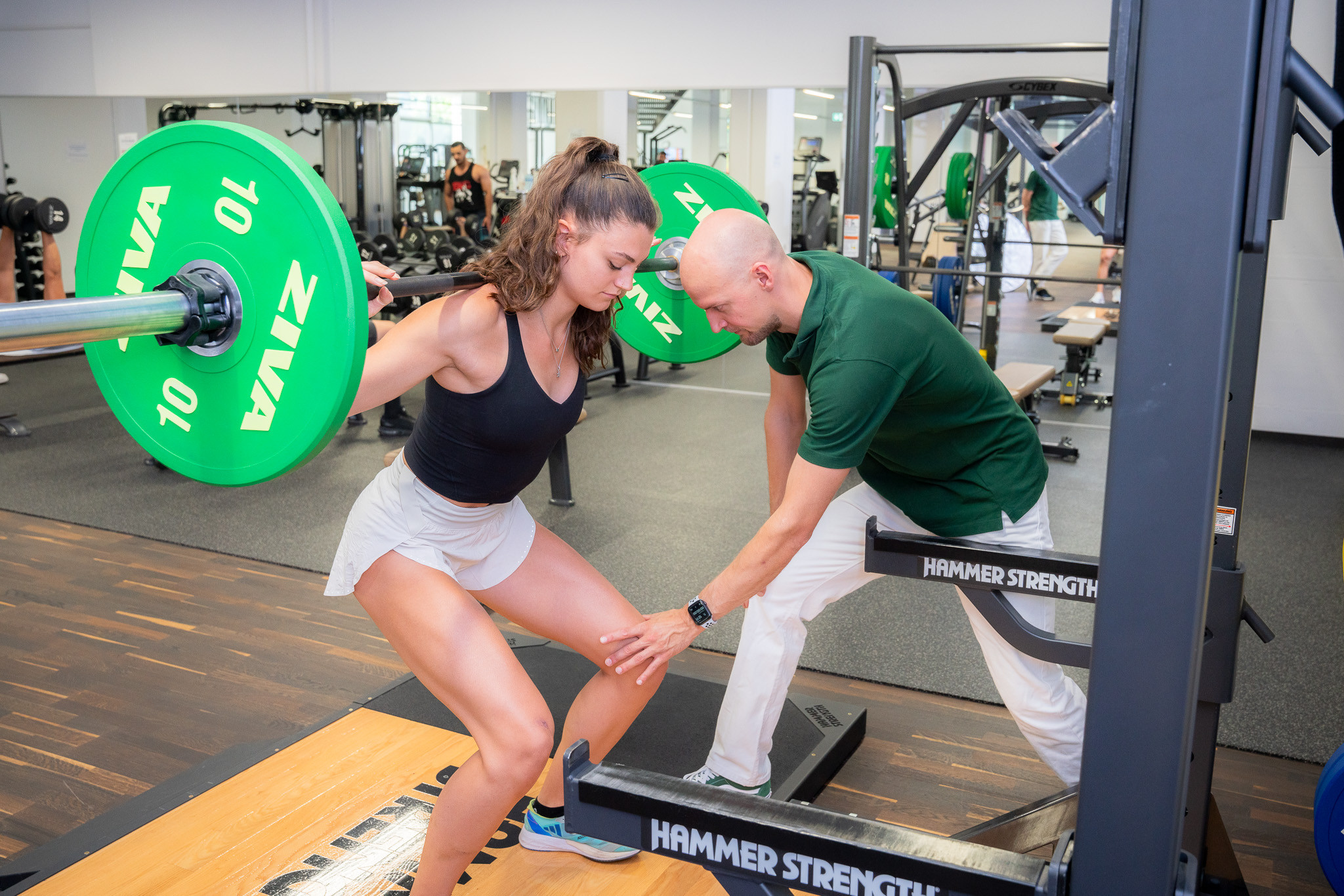
Which benefits can sports physiotheraphy generate for athletes?
Sports physiotherapy offers various advantages for athletes through long-term care and support.
Firstly, it allows athletes to achieve their sporting goals more effectively by sustainably taking care of their health and performance. This enables them to focus better on training and competition without being hindered by pain or movement restrictions.
Secondly, sports physiotherapy facilitates improvements in flexibility, strength, endurance, and coordination, leading to enhanced athletic performance and shorter recovery times between training sessions and competitions.
Thirdly, sports physiotherapy helps athletes maintain long-term health and injury-free status by minimizing injury risks and addressing underlying causes. This comprehensive approach to athlete care ensures they can perform at their best and stay in optimal physical condition over time.
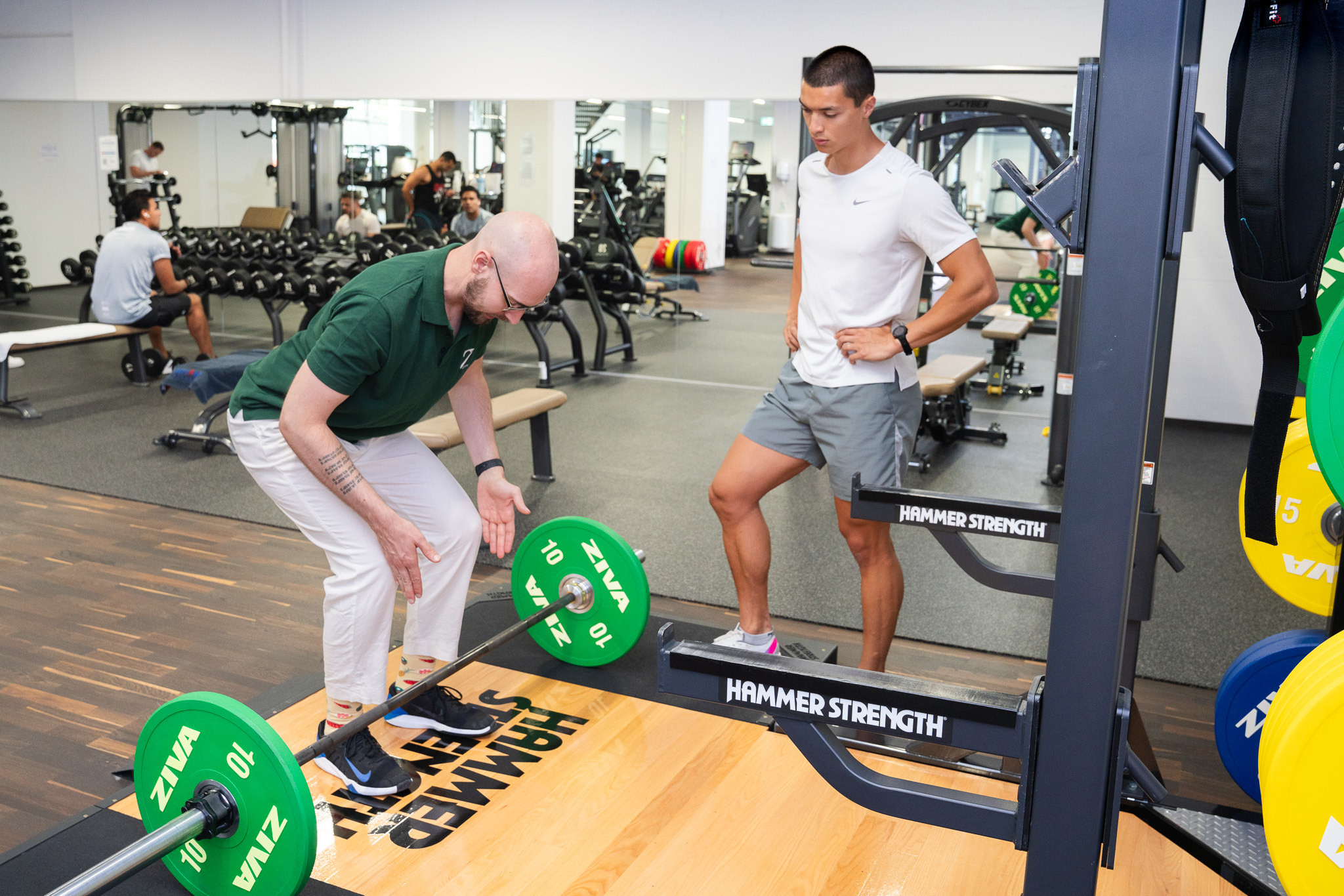
How has sports physiotherapy established itself in regard of modern sports managemend?
Sports physiotherapy has established itself as an integral part of modern sports management, whether in professional sports, amateur sports, or recreational activities. It plays a crucial role in supporting athletes to perform at their best while maintaining long-term health and injury prevention. By integrating sports physiotherapy into training and competition regimes, athletes can benefit from improved flexibility, strength, endurance, and coordination. This not only enhances athletic performance but also helps prevent injuries and reduces recovery times. Overall, sports physiotherapy is an essential component of a holistic approach to athletic performance and the well-being of athletes of all ages and performance levels.